2016 has been a strange, vibrant year for DC Comics. When last year’s DC You initiative, which brought unique and offbeat titles such as Prez, Omega Men, and Bat-Mite to the forefront of the line failed to translate into financial success, the company responded with DC Rebirth. This latter movement has largely proven to be a return to DC’s core characters and values, aiming to appeal to their enfranchised core audience rather than the world at large. The work has been good, but it’s also been safe.
Luckily, for readers who look down from the open doors of a plane at 30,000 feet and spit at the notion of a parachute, Umbrella Academy writer and former My Chemical Romance lead singer Gerard Way has created the Young Animal imprint at DC Comics. While all the series launched as part of the imprint are in continuity and are largely inspired by previously existing DC properties, the goal behind these projects is to experiment and reinvent the wheel. Do they succeed? That’s what the Comics Beat managing editor Alex Lu and entertainment editor Kyle Pinion are here to discuss. Book by book. Panel by panel.
Note: the review below contains **spoilers**. If you want a quick, spoiler-free buy/pass recommendation on the comics in question, check out the bottom of the article for our final verdict.
 Mother Panic #1
Mother Panic #1
Writer: Jody Houser
Artist: Tommy Lee Edwards
Letterer: John Workman
Alex Lu: When Young Animal was first announced, line curator Gerard Way promised to bring audiences “comics for dangerous humans.” Since then, we’ve seen Doom Patrol, Shade the Changing Girl, and Cave Carson has a Cybernetic Eye make good on that promise, presenting audiences with refreshingly new and alternative takes on classic DC Comics premises. With this week’s Mother Panic #1, writer Jody Houser (Faith) and artist Tommy Leed Edwards release the final book in Young Animal’s first wave of titles, bringing us a grittier and more emotionally nuanced take on the Gotham City that Batman has taught us to love and fear. Is this book as different and “dangerous” as the other titles in DC’s first pop up imprint? Definitely. Is it as good? That’s a harder question to answer.
Aesthetically, Mother Panic easily fits in with the darker half of the Young Animal imprint. Much like Cave Carson, this book’s lead, Violet Paige, has a troubled family life and a chip on her shoulder. She grew up as a child of one of Gotham’s elite families but was shipped off to a boarding school sometime during those formative years. Upon her return to Gotham, when this first issue takes place, her father is no longer present and her mother Rebecca is afflicted by a severe mental illness that first showed itself during Violet’s childhood. Violet, now completely disaffected by the high life she was born into, seeks to take her vengeance upon a dangerous subset of bourgeois by donning white body armor and calling herself Mother Panic.
This backstory lays effective groundwork for an intriguing character, but it leaves something to be desired because throughout this first issue, Violet proves to be challenging to like. She spends most of the issue brooding about how she is surprised someone hasn’t “burned this shithole to the ground” every time she returns to Gotham. She liberally calls Gotham socialites and reporters “assholes,” nearly breaking the arm off a member of the latter group. While there is something sympathetic to Cave Carson’s mournful sorrow and Doom Patrol’s Casey Brinke is easily lovable, Violet is abrasive at best. To give House and Edwards the benefit of the doubt, Violet is clearly unlikeable by design. However, the two moments we get in this first issue that show cracks in her steely veneer– one a flashback where she refuses to kill a deer on a hunting trip with her father and the other a moment in the present where she tenderly attends to her mother after a bout as Mother Panic– are not enough to make me feel empathetic towards her. Thus, without a lead to actively root for, the weight of Mother Panic’s success is placed upon the idea of intrigue– how much the worldbuilding and plot compel the reader to turn the page and ultimately, hungrily await the next issue.
On that front, I think your mileage may vary. Mother Panic #1 is clearly well designed. The book bounces between narratives both past and present with eagerness and flare. The backbone of the story is Violet returning to Gotham again to attend a party that ultimately results in her first appearance as Mother Panic. Supporting it we see glimpses of her past, establishing her broken home life. We also receive several scenes establishing what looks like will be the main villains of this arc, Mister Helmsley and Gala. The former is an art connoisseur who patrons the latter. Gala, in keeping with the book’s dark tone, is first seen painting with the blood of a man she has sliced open and hanging from her ceiling. All of these plot elements contribute towards building a certain grim aesthetic effectively. However, they don’t leave me surprised in a way I have been by previous Young Animal titles. Where a book like Shade the Changing Girl or Cave Carson has a Cybernetic Eye would take readers’ expectations and turn them on their heads, Mother Panic seems more comfortable with taking those expectations and running as hard and as fast as it can with them. It’s not a bad approach to storytelling, but it means the story lacks the power of a shocking hook to trap new readers. We’ll need to see more from Mother Panic to know much really lies beneath the grim surface.
For his part, Edwards does a fantastic job of nailing the aesthetic of Houser’s script. His linework is jagged and heavy. Pages are full of dominant blacks that feature splashes of muted colors to emphasize tone rather than heighten realism. When we see a young Violet, washed out in her namesake color, apprehensively telling her father that she didn’t say goodbye to her mother before their father-daughter hunting trip because she doesn’t remember who Violet is on that day, we feel Violet’s sadness and fearfulness intensely. Mother Panic’s sheer white outfit stands out against the rest of Edward’s pallette in a striking manner. Her brutal action sequence in this issue is interlaced with cryptic images like a birthday candles melting off a cake, lightning striking a tree, arrows pinning a bird down, and a snake swallowing a mouse. These images serve to further heighten the horrific feeling the reader gets watching her take down a group of criminals in an alley. She is not Batman, as she emphasizes with a hearty “fuck the Bat.” She is something far more dangerous.
All in all, I think Mother Panic #1 is solid. It is exactly what its storyline title says– “a work in progress.” Houser and Edwards have laid out good groundwork for what looks to be the darkest Young Animal title. Violet Paige is an interesting character with a complex past and an agenda that will quickly garner the attention of all sorts of dangerous people including Batman, who makes a brief cameo in this first chapter. However, every story, even the ones focused on villains, gives you someone to root for, and it’s not quite clear why we should be chanting Violet’s name just yet. Would you agree, Kyle?
Kyle Pinion: No, not really. It took me two reads to try and get through this issue, the first time I thought perhaps I was just half asleep and that’s why I had trouble focusing…but when I took to it the second time, it just turns out it’s a pretty dull comic.
I think a large part of my troubles stem from the fact that this isn’t a particularly great introduction to Violet. Sure, I get that she’s a dilettante turned superhero, and perhaps the best approximation of her might be summed up as “what if Bruce Wayne and the Batman were one in the same, and neither was the mask for the other”. That’s not a bad place to hang your hat as far as a concept goes, but I never came away with a better understanding of her character than that. I don’t know why she’s a superhero, I don’t know what her actual mission is, and I don’t fully grasp why this book exists. That’s not to say I don’t think we’ll get there, and when it comes to rolling out a new character for the very first time, that’s a difficult task, but sometimes you succeed and sometimes you don’t and this first go-round with Mother Panic comes up short.
What struck me the most was just how disjointed the story felt, we cut from present day to flashback to present day, but the connective tissue that would underline just why we’re spending time with these particular scenes in Violet’s past just isn’t there. Why do I care about the hunting excursion with her father? Why do I care about her larger familial struggles? Why did she suit up to become a hero in the first place? I know there’s a compelling tale to be told here, and the idea of an outright unlikeable superhero isn’t wholly unappealing (even when these mainstream heroes approach “anti-herodom”, they’re still characters that readers are intended to root for) but there’s between a very thin fleshing out of the protagonist and the need to establish a villain, and some kind of opaque scheme, it’s hard to get excited about a return trip to this corner of Gotham.
What this initial chapter mostly reminded me of, instead of the poppy bright efforts we’ve seen in Doom Patrol, Shade the Changing Girl, and Cave Carson Has A Cybernetic Eye is, as you note Alex, a grittier form of action comic. Given the tone, and Tommy Lee Edwards’ scratchier, sort-of Alex Maleev approach (though they came up around the same time I think, so…that’s a bad comparison to really conjure) it reminds me more of a Marvel MAX title than the sheer sonic scream that has capitulated under the Young Animal line thus far. Sure, there’s the occasional mature bit in the previously released titles, be it the usage of the word “shit” or the drug abuse that initially spurs the ongoing plot of Shade. But those books are all what I would deem as “fun” reads. This is a much more dour affair, and sure, that’s definitely in keeping with the ethos of the Batman universe that Mother Panic resides in (and just to remind you as such, he makes a perfunctory appearance), but it causes the book to stick out like a sore thumb.
That doesn’t mean the tonal variation is a bad thing, it just underlines the fact that this title has to take advantage of the whiplash that readers will experience jumping from this week’s Doom Patrol to this, or vice versa. It just doesn’t do enough. After reading the previous Young Animal offerings, I had a good sense of those series’ mission statements and their purpose within the line. Mother Panic doesn’t strike me that same way. There’s already a lot of heroes in Gotham, even in the rebooted universe, I need more in order to care about this one. Be it an aesthetic difference, the foes she’ll face, or her own character traits. We may get there, and my deepest of hopes reside that this is a title that’s heading more Blade Runner than Batman, but it’s an iffy start.
Luckily, I’m patient, and Young Animal has engendered tons of goodwill with me already. Houser is a great writer, Edwards is a tremendous artist. I have every confidence this will come together.
Final Verdict: Browse
 Doom Patrol #3
Doom Patrol #3
Alex: Kyle and I aren’t so much reviewing Doom Patrol #3 as we are just rattling off stray thoughts about it. If you absolutely need to know whether or not we think it’s great, well…it is. You should buy it if you’re not doing so already.
This issue was a standout to me. I’m quickly falling in love with Casey as we learn more about her. Tying her origin into Danny the World is an interesting twist that explains a lot about her previously nonsensical memories. I also noted that it’s interesting that she, like Flex Mentallo, are originally comic book characters who gain sentience in the real world of the story. The parallel isn’t hammered upon here, but I wonder if it’s one that Way and Derington are interested in exploring.
It’s great to see that Doom Patrol is starting to gather some propulsion as it heads into its fourth issue. Larry Trainor, Flex Mentallo, Danny, and Cliff Steele are all now focused to a greater or lesser degree on reassembling the Doom Patrol to combat the mysterious and dangerous corporation that wants to turn Danny into an organic meat farm. I’m still not sure how Larry’s oddball origin story or Terry None’s appearances factor into all of this, but they’re both welcome B-Sides to what is shaping up to be an incredible album.
Kyle: Flex Mentallo is one of my favorite comic book characters of all time, so I was already primed to love this. The dovetailing of Flex’s own past with Casey’s revealed origin was also a very nice touch, all tied in with Danny the World and more references to the Morrison Doom Patrol run which this is increasingly becoming the successor to that I’ve always wanted. A+! Go buy it!
Previous Reviews
Doom Patrol #1, Doom Patrol #2
Cave Carson has a Cybernetic Eye #1


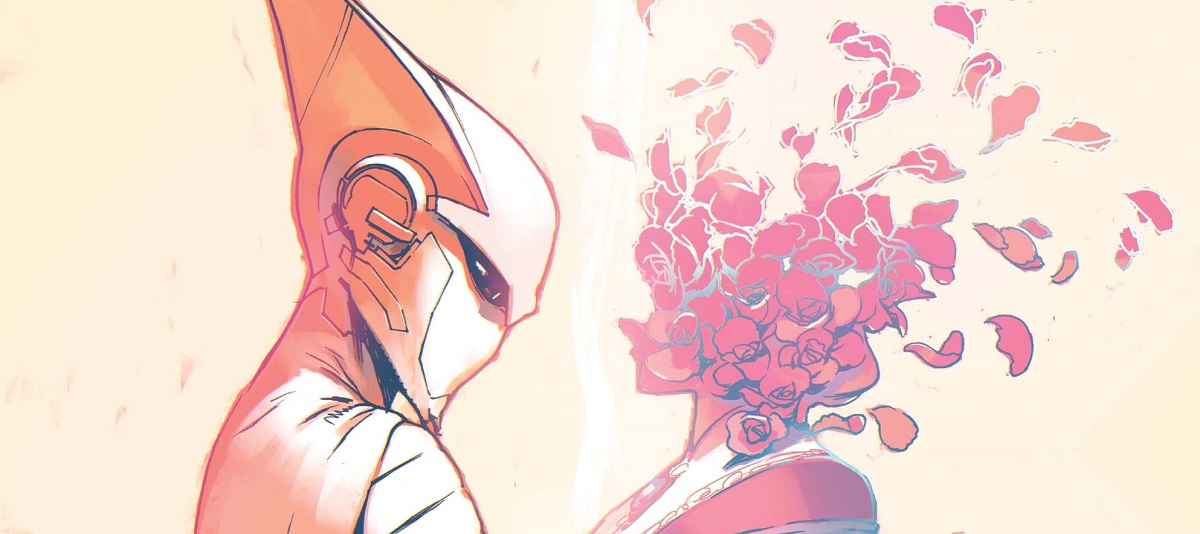
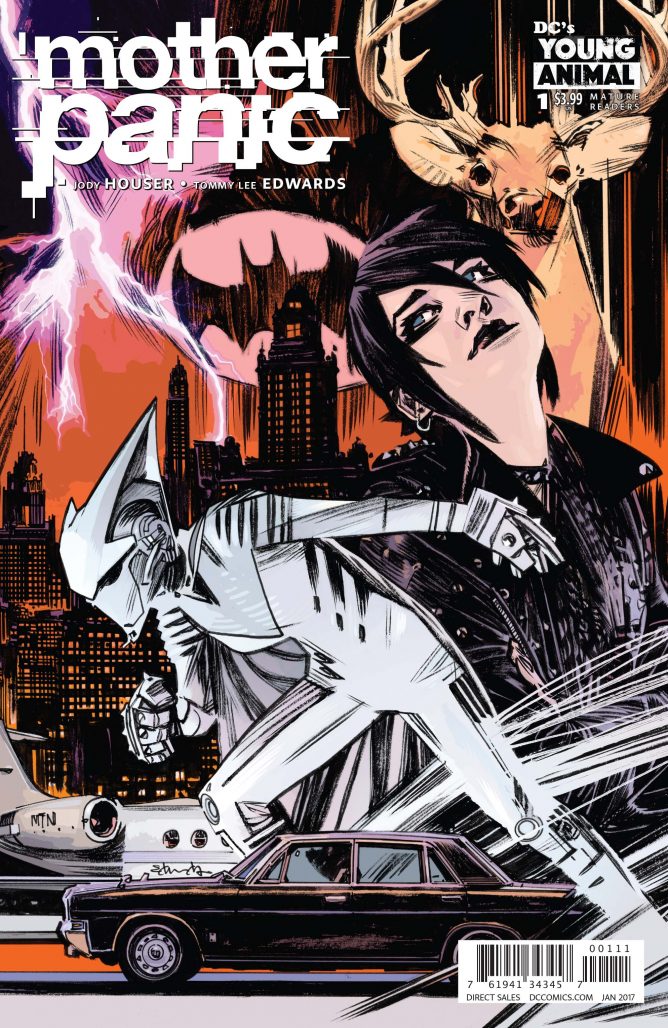
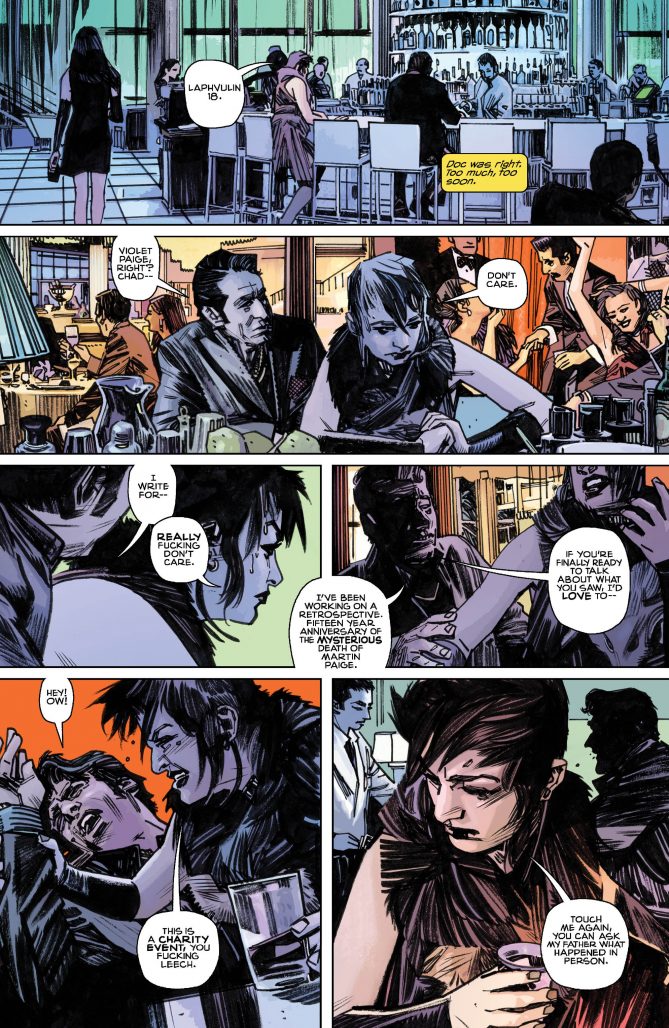
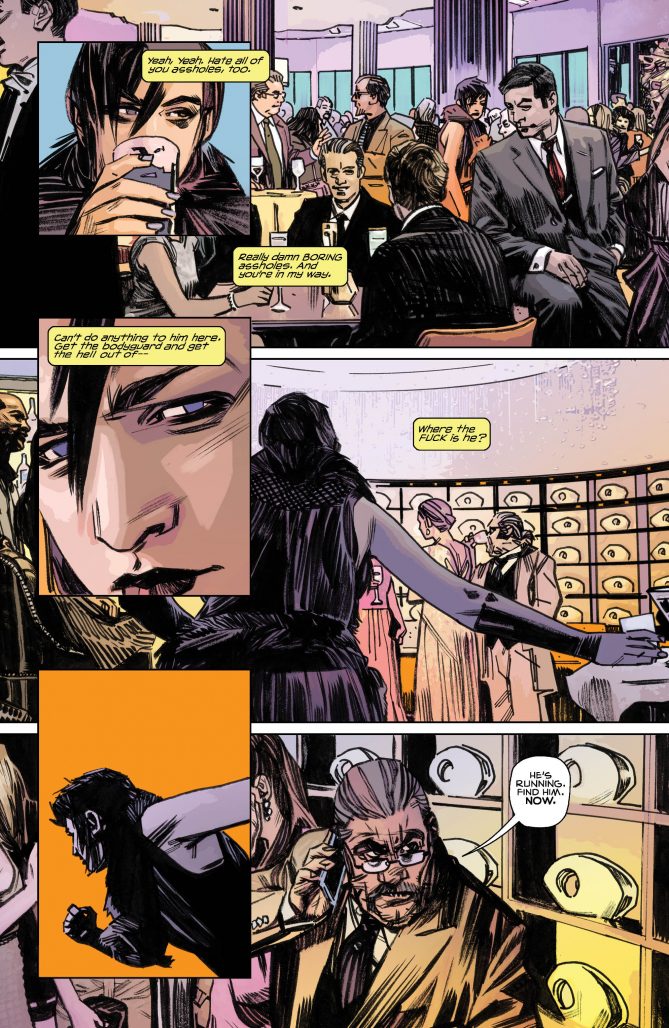
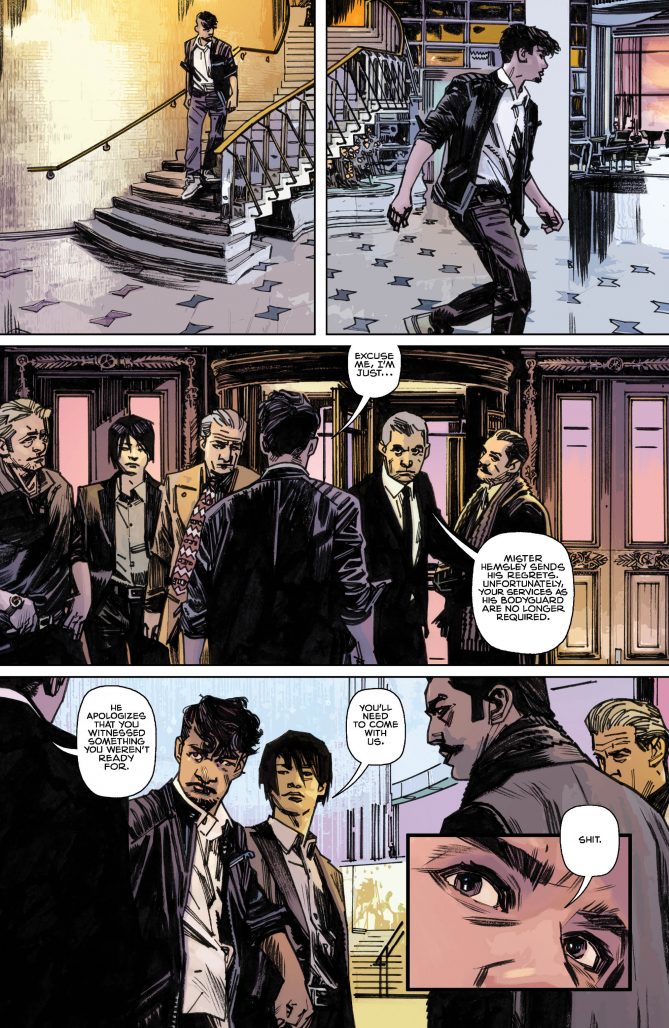
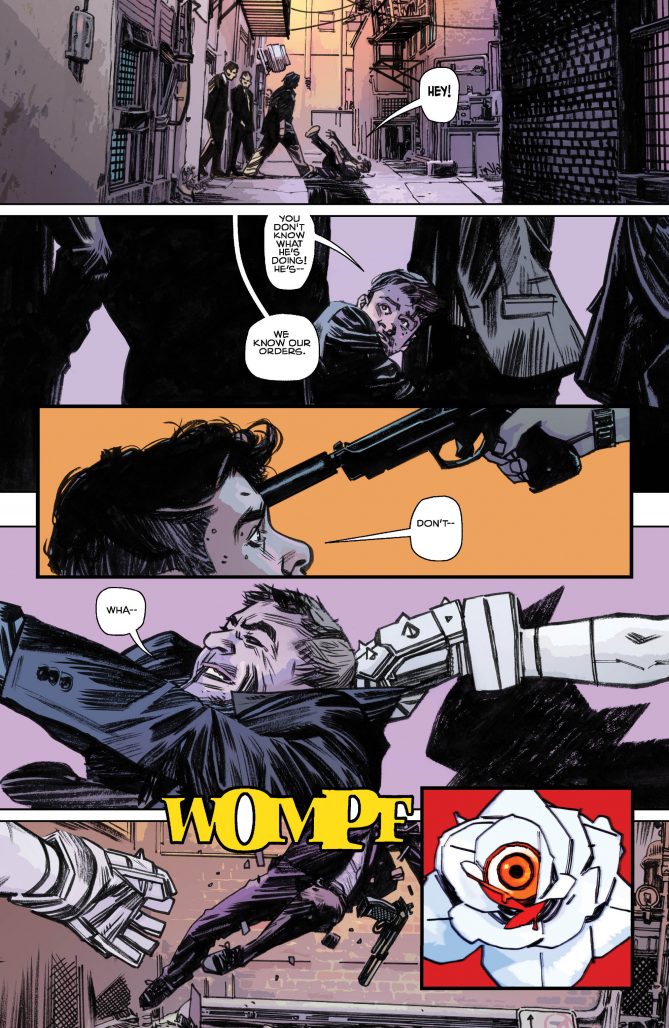
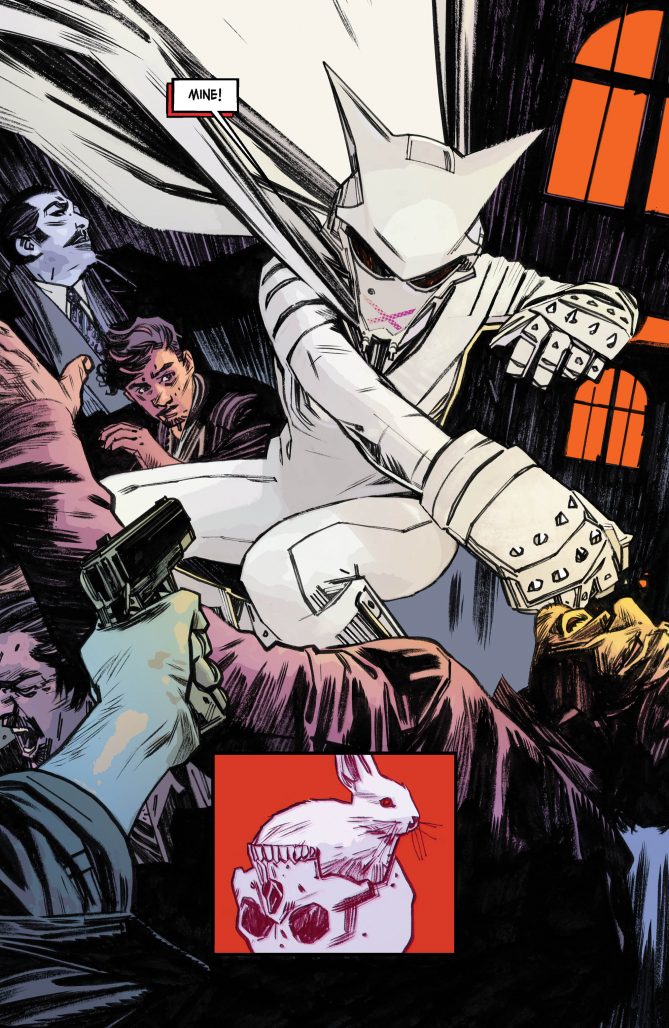
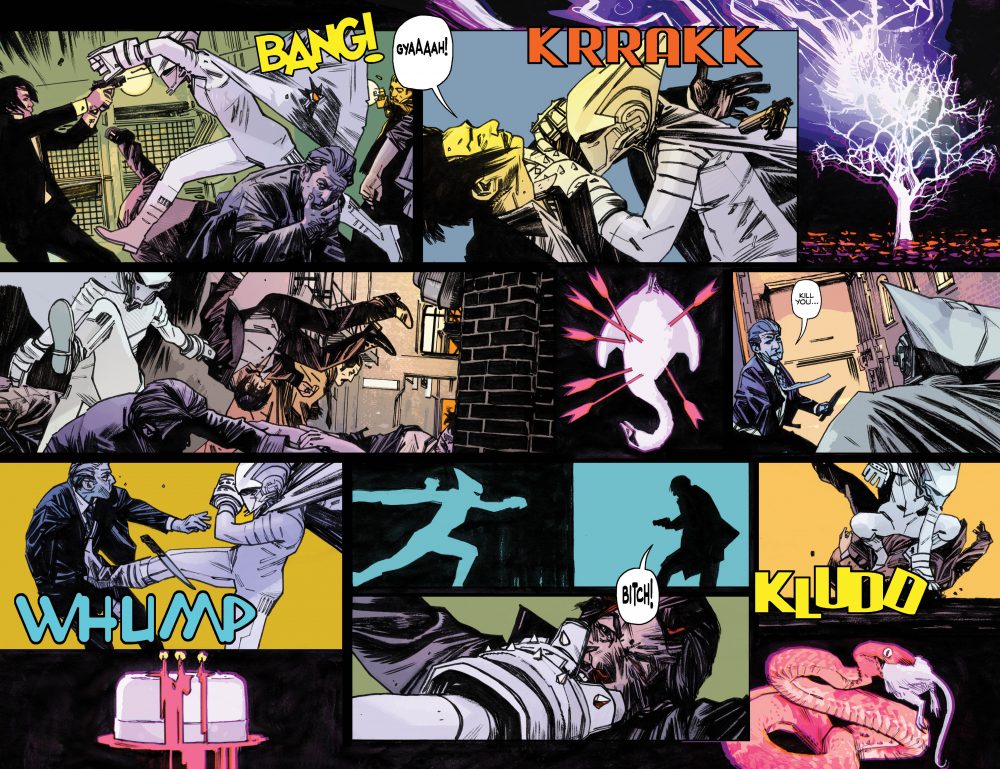
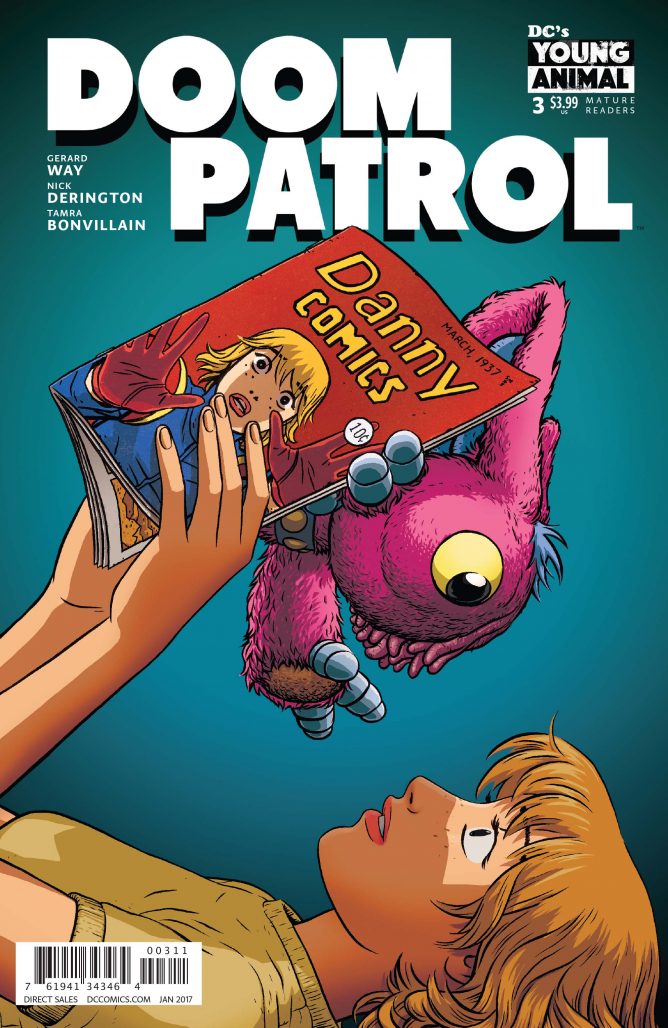


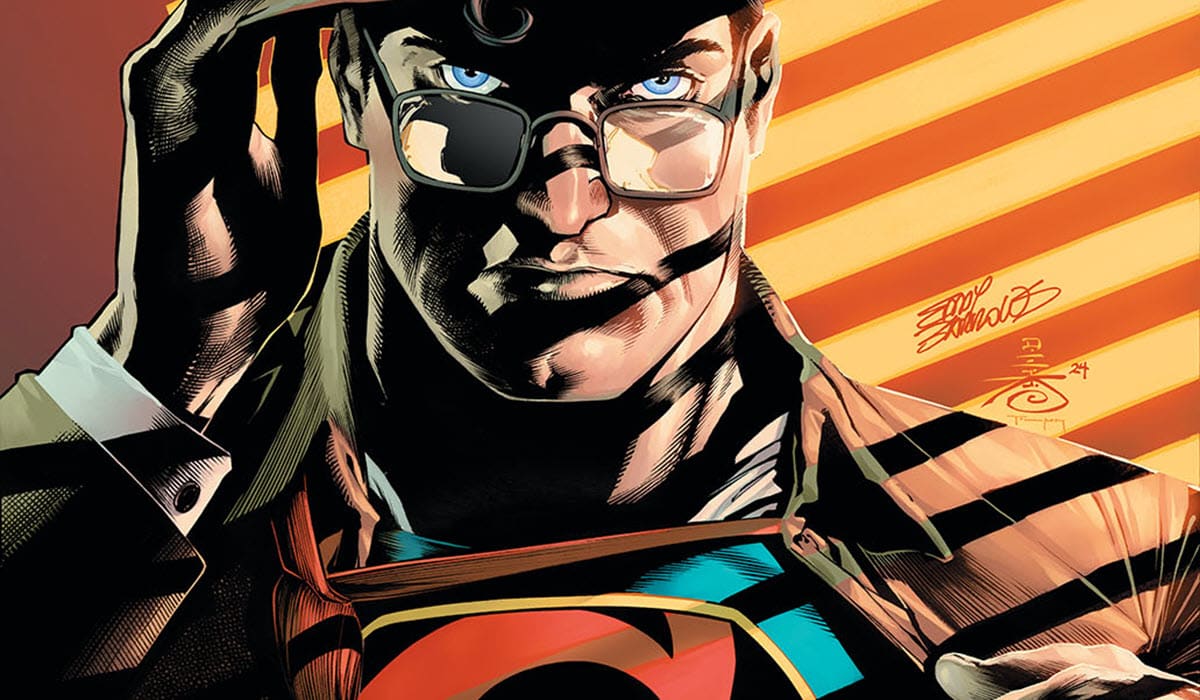
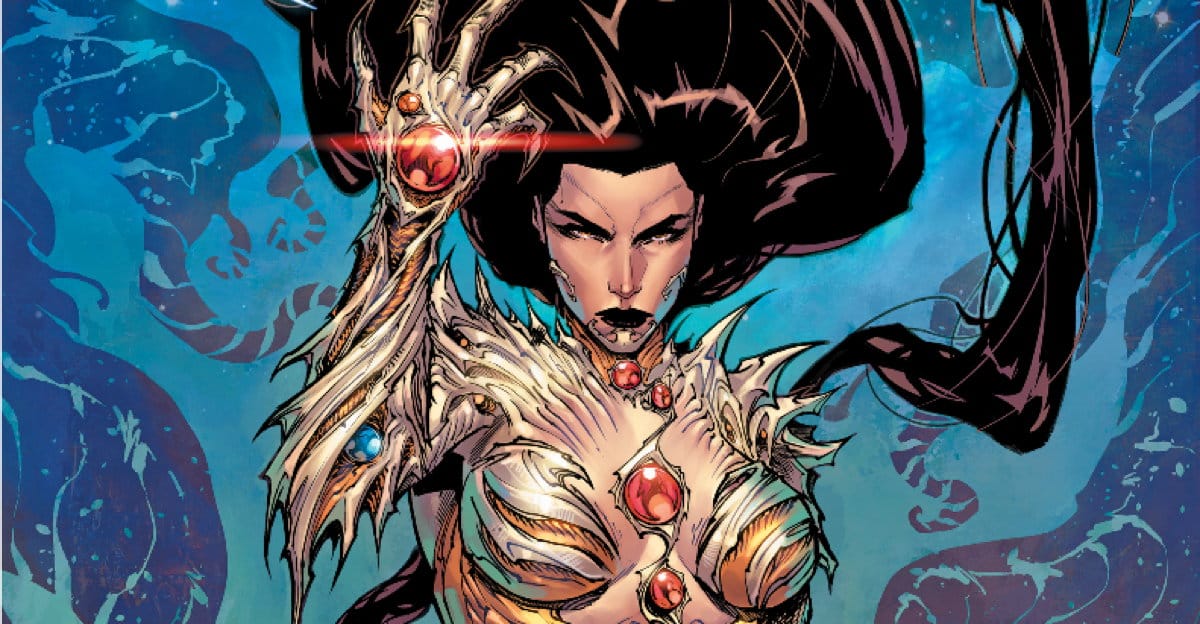


Yes, Doom Patrol has rocketed up to being one of my very favorite new titles!
Loved Mother Panic. Cave, Doom Patrol, and Shade were all absolute shit fests to read. Dont reccomend buying them. Violet Paige is a great character, and an interesting comic. Highly recommend it.
I’m with Jon. I thought this comic was brilliant. It’s fresh and intriguing. And Tommy Lee Edwards art is off-the-charts gorgeous.
Doom Patrol is extremely excellent! And that’s coming from someone who has literally read and bought every single variation. Super loving this new title!
I’ll give Mother Panic a try, but the first issue left me cold. That whole explanation in the article above about how she was sent off to boarding school, and returning to Gotham, and I was like “where did they get this?! Did I read the same book! Because there was barely any explanation going on in this issue.” Maybe I blanked and need to go read it again, but so far I’m unimpressed…
Yeah, Nathan, good point. I briefly considered writing about the looseness in Violet’s backstory as presented in this issue but then I just blanked. I gathered the information from an interview I did with Jody for The Beat and the ashcan that was sent to comic stores a couple months back that detailed backstories for all the main Young Animal characters.
I’m not sure where you’re getting your information about Mother Panic; where does it imply she comes from a broken home? What I get is that she is famous, possibly in a Kardasheian way. Her parents are married when she goes on the hunting trip with her father, he tells her to say goodbye to her before they leave. What everyone seems to miss in reviewing this comic is that Hemsley is the man on the hunting trip, the story implies that something happened to her father on that trip. Violet is obsessed with Hemsley; she goes to the party to talk to or get the body guard. She says he’ll know every move and every place Hemsley will be. I think she’s trying to get proof about what he did on the hunting trip, and or exposing the evil that Hemsley is currently involved in. He happens to get beat up, because he couldn’t handle the “art” Hemsley showed him. Mother Panic grabs the bodyguard just as he’s about to be shot, it’s not altruistic or heroic – she went to the party to find him and Hemsley delivered him in her lap. I think this comic is good, well-written; I don’t understand why so many don’t seem to see the whole story. I’m not sure I like it because it is a dark, Gotham style comic. I LOVE Doom Patrol, it’s colorful, crazy, sick, and an insane ride into comics.
Comments are closed.